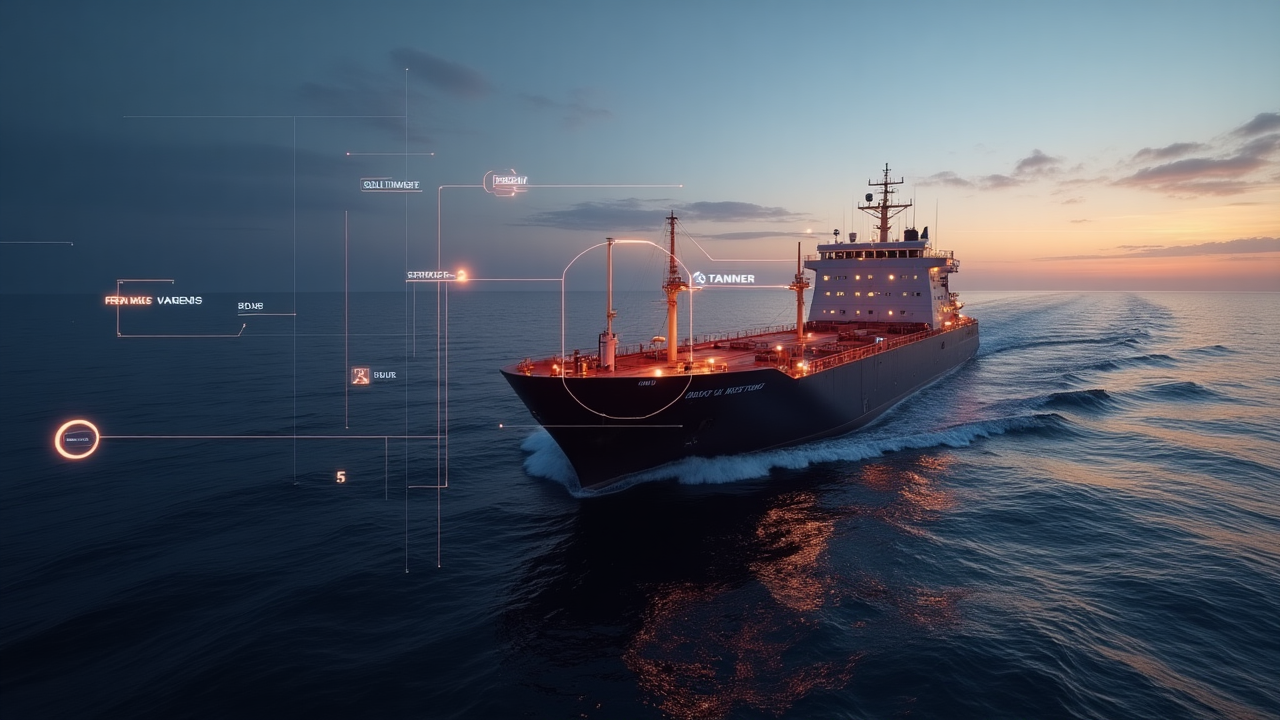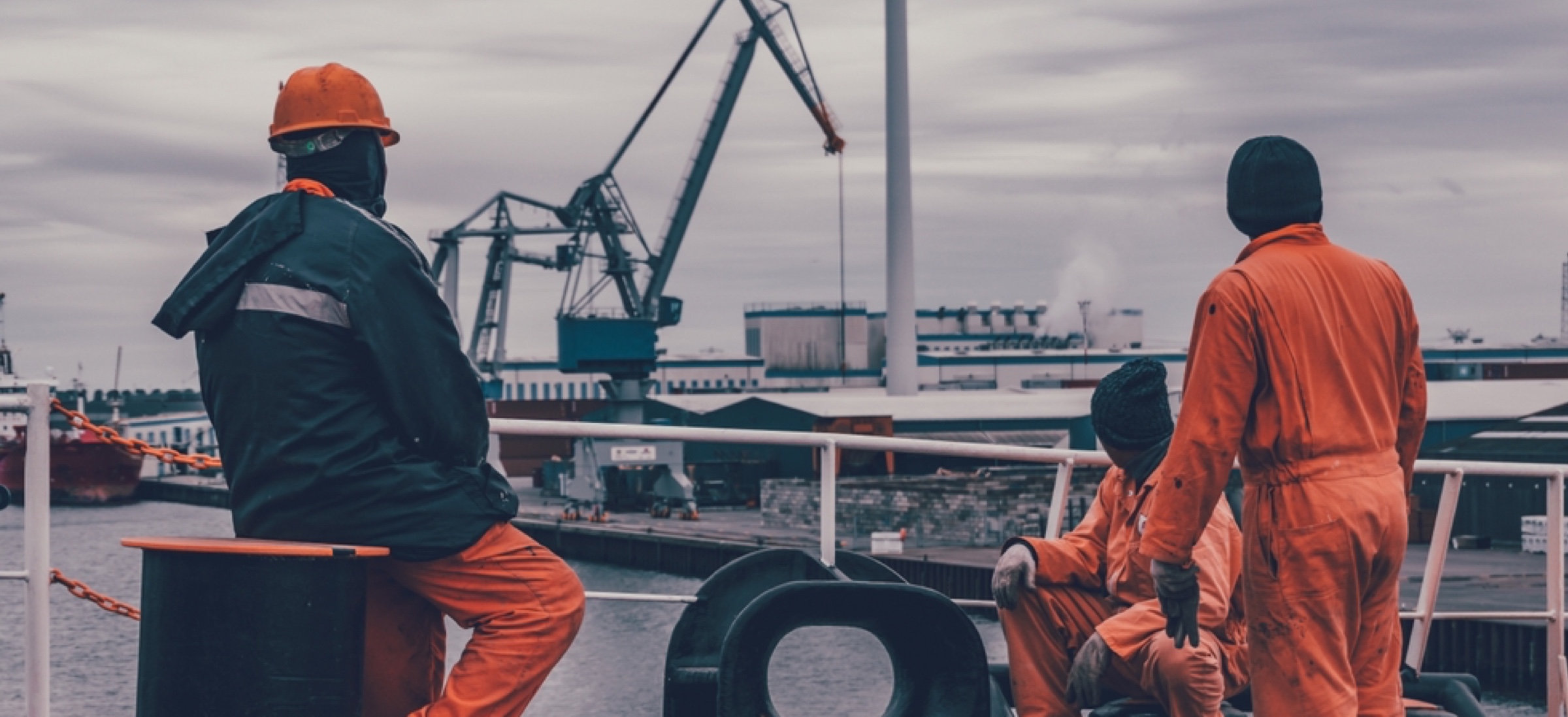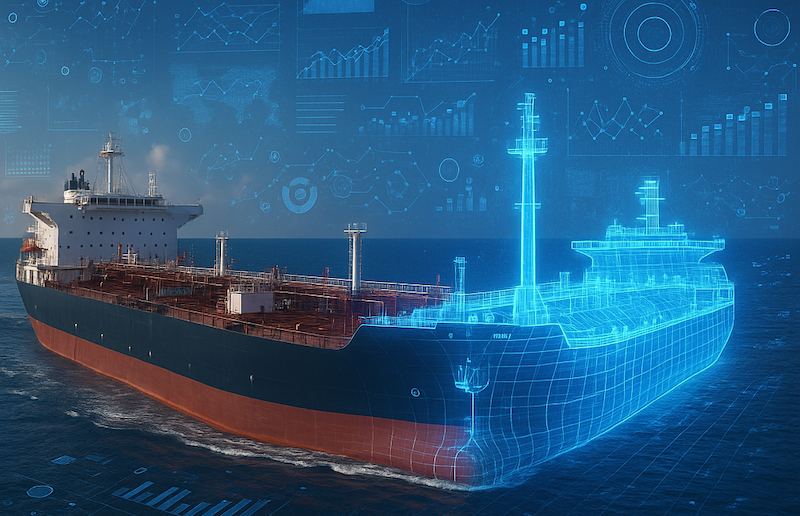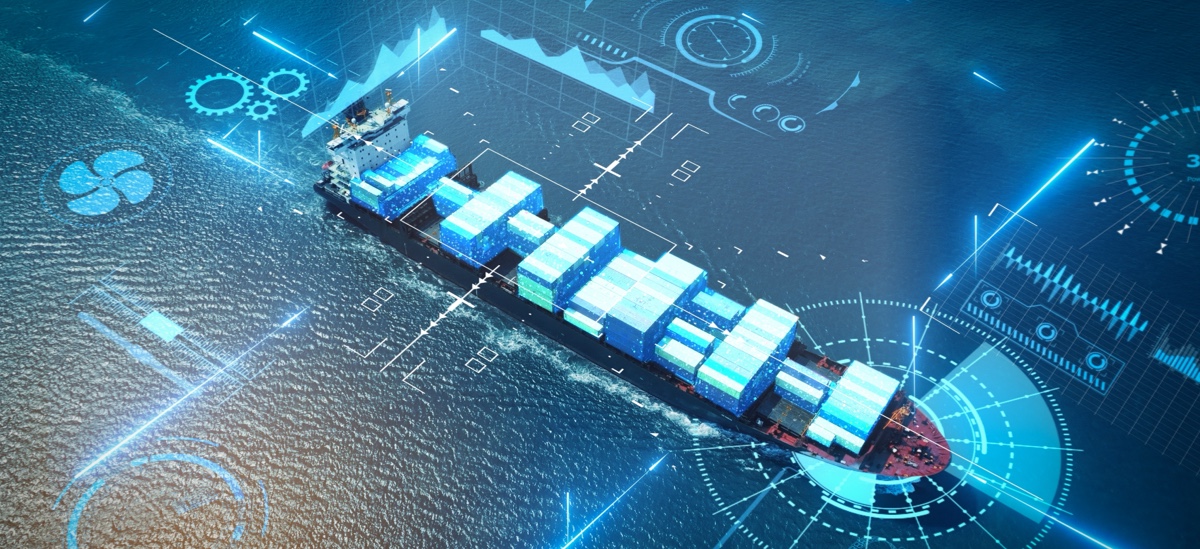The significance of AI and autonomous systems within the maritime operations matrix has become a bonafide fact, ushering in a wealth of new possibilities. Highly integral situational awareness platforms are already assisting bridge crews, while the ambitious vision of autonomous ships is shifting from concept to practice. Maritime governing bodies are also acknowledging AI, gradually adapting their regulatory framework to accommodate new and exciting realities.
Yet in order to make AI-based situational awareness truly viable, regulations, public perception and resource allocation are not enough. In the end, maritime AI viability depends on technological steps that must be executed to perfection. Every AI system operates in accordance with a specific model; the model’s ability to perceive, classify and offer navigation and collision avoidance recommendations depends on how well it has been trained to interpret maritime environments.
Redefining the Role of Situational Awareness
An autonomy-practicing vessel must be able to interpret its environment with cutting-edge precision. Identifying objects such as vessels, buoys, piers, floating debris, and unusual movements in a wide range of visibility and weather conditions is very important, but it must also include contextual understanding. A small vessel may not be a cause for alarm on a clear and serene morning, but becomes a high-priority concern when identified in heavy fog or a crowded shipping lane.
Orca AI’s situational awareness platform is an example of how AI enhances safety at sea. SeaPod is an AI-powered maritime electronic lookout that offers real-time perception and predictive insights based on sensors and computer vision. But SeaPod’s effectiveness is not only derived from accurate perception, but also from an understanding of the specific context in which the data is perceived. This is where model training becomes essential.
What Is AI Model Training?
Collisions between vessels at sea are an unfortunate occurrence, as most recently demonstrated by a collision between the Solong container ship and the Stena Immaculate oil tanker in the North Sea. According to investigators, no dedicated lookouts were active at the time of collision, while visibility was also far from optimal.
The recent collision between the Solong container ship and the Stena Immaculate tanker underscores the value of AI systems that are designed to recognize complex situations in real time, generate timely alerts and prompt the crew to initiate evasive action. But such systems are not “off-the-shelf” products; their preparation requires data, training infrastructure, and the right modeling approach.
Training an AI model is a gradual process, in which the system is taught to recognize specific data patterns. In maritime applications, these patterns are highly diverse, and include images and sensor inputs that annotate ships, hazards, and anomalies.
During the training sessions, these annotations are generated manually by human experts who review countless hours of recorded footage and sensor data (which is cross-referenced with other data-producing systems such as radar and AIS). The experts then proceed to label each object and scenario to ensure the model learns accurately. AI training is a labor-intensive process that requires maritime knowledge, consistency, and precision.
Model Selection
Not all AI models are alike, and choosing a specific type makes a world of difference when venturing out to sea. Today’s advanced situational awareness systems rely on Vision Transformer (ViT) architectures, which are built to jointly model spatial (within an image) and temporal (across frames over time) information. ViTs can process sequences of information and learn contextual relationships—both of which are critical for anticipating movement and behavior at sea.
Data volume and duration are also key factors. A robust AI model requires a massive dataset. For maritime awareness, this typically means tens of thousands of hours of video and sensor data, recorded across different regions, seasons, lighting, and weather. Each frame must be annotated by humans to teach the model how to correctly interpret what it is seeing. To achieve high-precision performance, the dataset must cover a wide variety of edge cases, such as vessels without AIS; partially submerged containers; fishing boats in busy shipping lanes; nighttime navigation near ports; and more.
The Training Timeframe
Helping an AI model to reach a reliable level of performance takes time. The model’s performance gradually improves until reaching a plateau—where additional training has a diminishing effect. Depending on the complexity of the model and the variety of scenarios it is required to understand, full training may take 12 to 24 months of continual development and iteration through trial and error.
The training plateau is a key concept, as it represents the point where a model becomes consistent in its predictions across most scenarios. However, reaching the plateau does not mean model training is finished. New data must be continually added as environments and vessel behaviors are constantly evolving. This is particularly true in autonomous systems, where safety depends on the ability to handle novel or rare conditions.
The Core of AI Performance: Model Training Essentials
Training an AI model for autonomy transcends the world of complex technical challenges. It is a full-scale data operation with several non-negotiable requirements:
- The right architecture: Choosing the right model to train is key for success. Transformer-based models that can incorporate and perform contextual reasoning are optimal for maritime vessel challenges.
- Datasets: Experts training the model must use high-resolution, diverse, and accurately labeled datasets, as this is the only way to simulate real at-sea conditions.
- Duration: To achieve a reliable AI model, a long-term investment in infrastructure and regular training cycles is absolutely necessary.
- Updates: Training is never over. Continuous updates based on real-world fleet operations are a must even after reaching certain AI model plateaus.
Addressing Real-World Limitations
Poor data and mislabeling can lead to unpredictable behavior at sea. Even the best-trained AI model can be hampered by environmental conditions and less-than-capable hardware. Awareness of such negative factors is important, as it allows fleet managers, vessel crews and key decision makers to make sure their impact is minimal – here’s how:
- An investment in camera and sensor quality: In order for the model to achieve its performance potential – and help avoid collision between vessels and objects – the system must be able to attain data with clarity, even in poor visibility or low light conditions.
- Ensuring complete coverage: The field of view analyzed by the model must be complete, with no gaps in detection zones. A detection zone gap equals data that is not detected, classified and analyzed – leading to potential risk.
- Constant human-machine interface: AI outputs must be interpretable by human experts who monitor performance. This is especially important during the transition toward high degrees of autonomous shipping.
Completing the Voyage
Large-scale deployment of vessels that rely on AI systems for advanced situational awareness is already underway. Yet in order to propel maritime shipping to a game-changing autonomous future, several key challenges must be addressed:
- Data availability: Access to large, diverse, and labeled datasets is still limited. To truly fulfill the potential of data-driven situational awareness and accelerate progress, broader collaboration and anonymized data sharing across fleets and entities is required.
- Retraining infrastructure: New data must be constantly integrated into ongoing learning cycles. This framework must be prioritized, funded and executed in a manner that resembles all other mandatory maritime protocols.
- Fallback protocols: No model is perfect. Fail-safe logic and redundancy protocols are essential, especially for partially autonomous vessels.
A better Future for Maritime
From maritime object detection to advanced electronic lookout for ships, the future of shipping will be defined by the strength of the AI models that ensure smooth sailing and safety at sea. The path to next-generation situational awareness begins with training: selecting the right model, feeding it the appropriate data, and refining its performance parameters over time. If we commit to the lengthy technical journey required to craft artificial intelligence that truly understands the sea, a better future for maritime – including various degrees of autonomous shipping – is well within reach.









